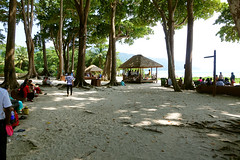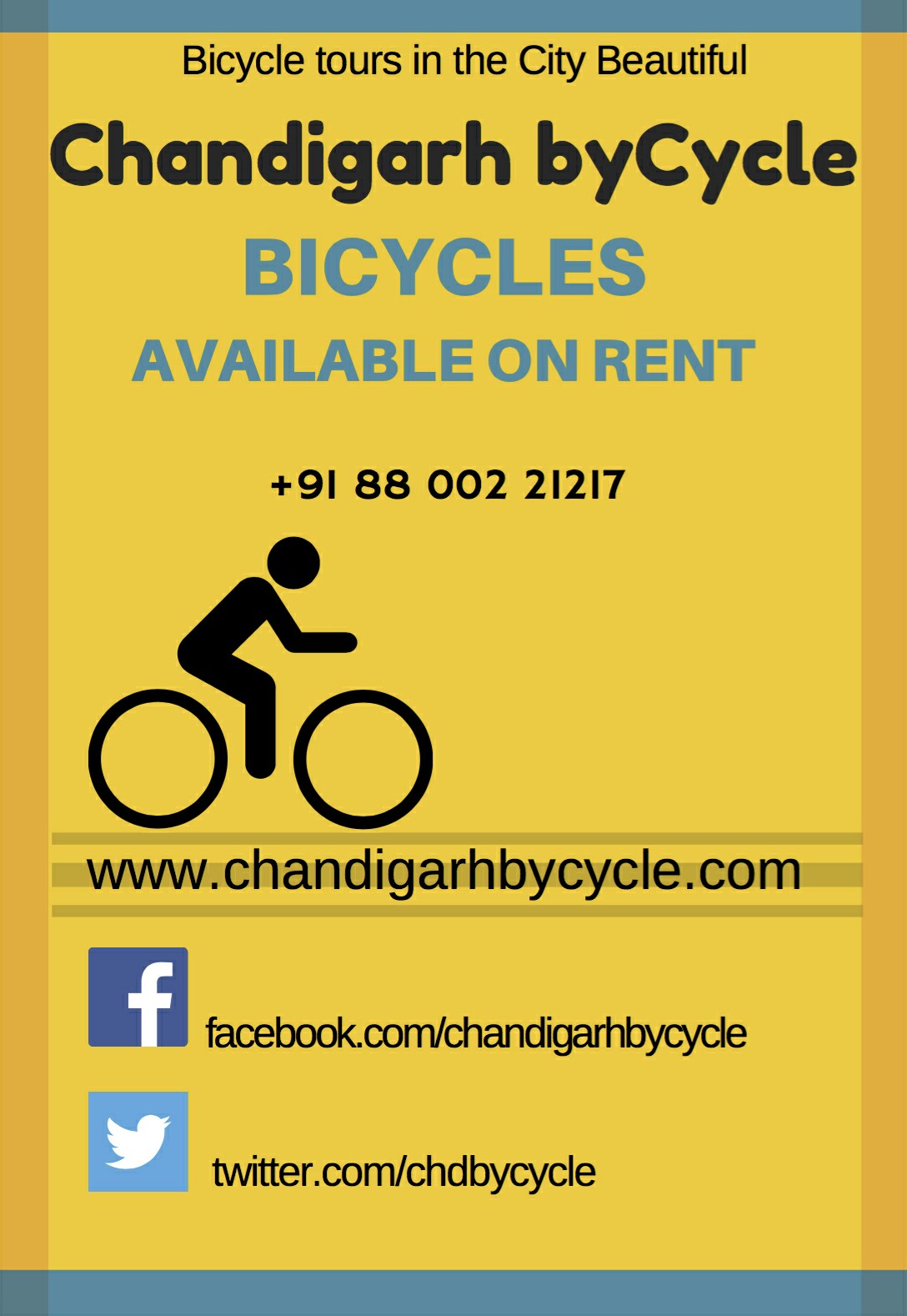The following is a page entry from On Road through the trans-Himalayas. To read complete travel memoirs and trip report, please click here.
Chapter 1 of 22

Up there, Dragons are considered to be protectors of Buddhism. Photo-credit Sarabjit Lehal
From the time when I was studying in the university, jaunts to the roof of the world were planned on several occasions every season but nothing fructified. The highland-sojourn kept getting delayed on various accounts ranging from personal to professional to logistical. The closest I ever got to the region was in the monsoons of 2010 when I embarked upon a bicycle-ride to Leh from Shimla crossing Jalori pass. The expedition-ride had to be discontinued a little ahead of Jispa in Lahual, Himachal Pradesh after one of the teammates started showing symptoms of AMS and succumbed to the shortage of oxygen. Of the three-membered team, only one got to brave the odds presented by the treacherous terrain and rode solo from thereon to reach Leh as per the schedule.
In between, the periodic strolls in the lap of Himalayas were restricted to the areas and surroundings of Kinnaur, Great Himalayan National Park, Manali, Garhwal and Kumaon, etc. The only way of appeasing the mind partially was to read and research more and more about the area. Having delayed the visit by more than seven years now, nothing except an extended visit would satiate the soul.
The long-cherished childhood dream of visiting the trans-Himalayan region was destined to see the light of the day in 2012. After dreaming as well as discussing all these years coupled with reading numerous travelogues and books on the area, I was ordained by the fate to travel the ancient-era trade-routes at this time of the year.
Although not everything happened as per the original plan and intention but this was one journey I enjoyed to the bottom of my heart. I promised myself to travel again the coming seasons armed with even better preparation.
The trip was initially billed to be a month-long expedition containing worthwhile exploration elements resembling short treks as well as camping, wherever required. A checklist of necessary and required items was prepared and routes were debated and a conclusion was arrived at in the form of a blueprint for the next one month. The areas to be covered were roughly identified as Lahaul and Spiti, Ladakh, Rupshu, Changthang, Nubra, Shyok, and Zanskar, etc. Owing to the delay in delivery of the 4×4 SUV by the manufacturer, second week of August was identified to be the perfect timing to departure for the expedition. In the meantime, me and my partner-in-crime for a long-time now, we both got ourselves to arrange for the items in the agreed checklist. By end-July, everything required was in the possession including the vehicle profoundly waiting for its first inspection and service before the commencement of our trip. I prudently selected music for the proposed expedition and the entire operation took several hours for me to load a 16 GB pen drive.
However, at the eleventh hour, a turn of few unexpected events in the family as well as work-life made it impossible for me to depart before August 30, 2012. Owing to his work-related obligations, the outcome was that my partner had to withdraw from this much talked about expedition. It was a gloomy period and I was simply unable to digest the very thought of having to postpone the expedition to the next season which would have meant a wait of one more year. The month of September being the last safe window for travelling to the trans-Himalayan region, I deliberated about travelling solo. Earlier, I have had a few occasions of travelling solo and knew both the excitement and responsibilities associated with it. Nevertheless, travelling solo to this part of the world necessitated a different set of planning and preparation which I immediately undertook.

The renovated Kardang Gompa, Keylong. One of the most important Gompas of Lahaul, the 12th century Kardang follows the Drukpa lineage
The plan was simple. Carry only the required stuff in a rucksack and ignore the gadgets and camera-kit for the time being. Travel in a shared cab, hitchhike and prefer public transport wherever available. I confirmed the same to Tsewang Dorje (James), my friend and classmate at the university, who is based in Leh and asked for his help in getting permits for the classified region in Ladakh and travelling to Zanskar. My brother booked me in a night bus from Chandigarh to Manali, where I would have taken a shared cab to reach Leh in a day. But the ticket had to be cancelled later on.
(You may also like to subscribe to the email updates, of the remaining chapters, by entering your email id in the sidebar)
 bNomadic
bNomadic












Pingback: On Road through the trans-Himalayan Region | bNomadic
Lovely Travelogue beautiful pictures and nice narration
Travel India
Thanks Rathod ji for revisiting my page. Thanks for the encouragement.
Very well interpreted, just a thing to ponder…as mentioned by the people around the Buria fort that Birbal was born there, however the seems contradicted by internet which mentions that Birbal was born in Kalpi, U.P. On the whole the pity is that the fort of Buria is not at all maintained and does not have a very much influence of Mughal architecture.
Pingback: Leaving Home to reach the Roof of the World | bNomadic